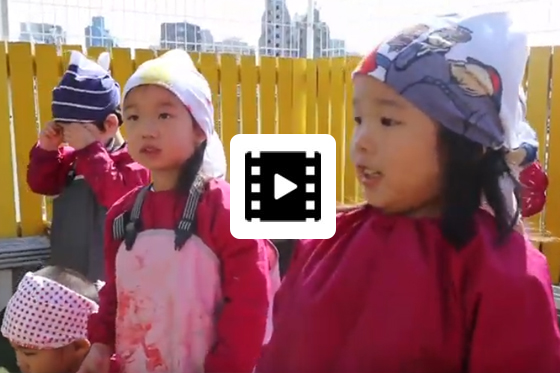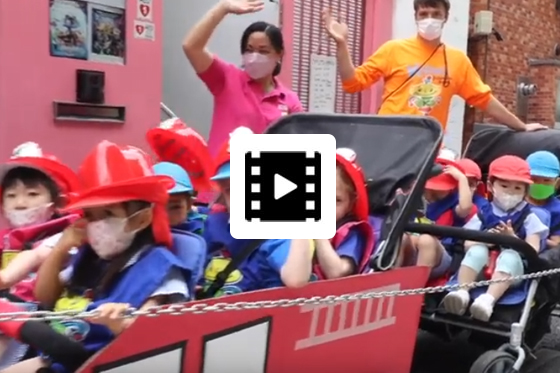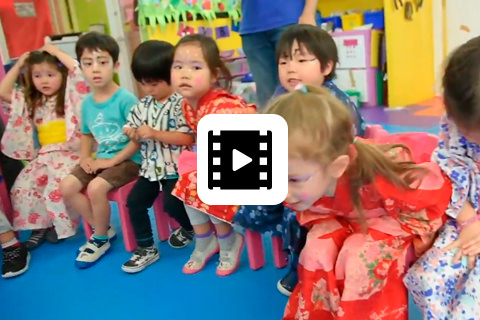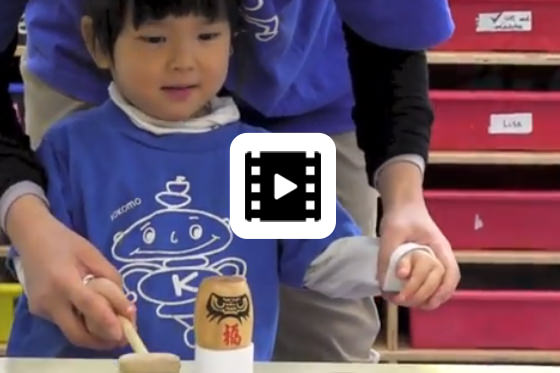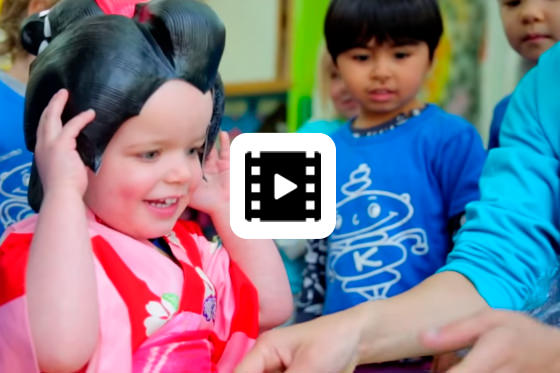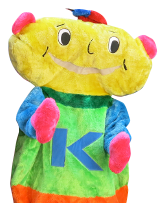Japanese For Butterflies
3 to 4 years old, daily learning (as part of our Butterfly Course)
Japanese for Butterfly (JFB) is a daily Japanese language course held entirely in Japanese, with English support as needed. JFB offers structured, engaging one-hour lessons every weekday, giving children the opportunity to build a foundation in Japanese while continuing to thrive in our fully immersive English environment.
About
The JFB classes are held daily (Monday to Friday) and are structured as the final part of the children's main Butterfly school day. Butterflies attend their regular day in our British system nursery/preschool, with delivery in English, and then move into their Japanese class for the final hour.
Schedule: 1 hour every day.
Time: 12.50pm (after lunch) to 1.50pm daily.
All content will be spoken in Japanese and repeated in English to support learning. Topics/themes across the three terms will include foundation topics like greetings, weather, colours, body parts, animals, my house, Japanese stories etc.
Class Schedule
| Circle Time | greetings, songs, regularly used phrases and introductions |
|---|---|
| Theme-Based Activity | vocabulary + interactive activity |
| Movement/Game/Art | kinaesthetic or creative reinforcement |
| Song | goodbye song and reflection |
| Conclusion | prep for collection time or transition into After School Classes |
Curriculum
Catering to a range of English and Japanese proficiencies, all children will be gently observed and assessed when entering the Butterfly programme. All content is spoken in Japanese and repeated in English to support learning. Topics/themes across the three terms include foundation topics like greetings, weather, colours, body parts, animals, my house, Japanese stories etc.
Included in the Japanese Language Arts syllabus are:
- Personal introductions and greetings
- Polite words, manners and formalities
- Common verbs, adjectives and nouns
- Question and answer forms
- Age-appropriate vocabularies, such as family members and likes/dislikes
- Children's’ songs and well-known stories
Early Mathematics/Hiragana
Mathematics and Hiragana introduction is taught in Japanese at a gradual pace, in line with the time available.
Arts & Crafts
Over the year the children enjoy so many great projects and we try to incorporate origami, kirie (paper cutting), temari (Chinese style silk balls), washi (making our own paper), and later in the school year the children also try their hand at sumi-e and shodou (ink drawing and calligraphy).
Culture & Customs
Through the brief study of Japanese festivals (O-matsuri), children experience games, customs, dance, dress up, and celebrations that are brought to life through stories and role-play. We follow many traditional Japanese dates including Kodomo no Hi (Children's Day), Hana Matsuri (the Buddha's Birthday), Tanabata (Japanese Star Festival) and many more!
Children love the occasional cooking highlights, learning the names of many Japanese foods and ingredients.
Our Japanese Team
The JFB is delivered by charismatic and bilingual senseis who can understand the children's developing language needs. Together, our force of native Japanese and bilingual speakers lead the children through a fabulous curriculum.
What comes after JLIP?
Once our Butterflies graduate up to the Bugs’ floor (Reception Level and KS1 Year 1), the focus is on our full-time English curriculum (National Curriculum for England). To balance this shift, we offer Before School Japanese, After school Japanese language classes and optional private 1-1 Japanese language support lessona catered towards each child's level.
After School: Japanese Art Club (3 - 5 yrs)
After School: Japanese Language (4 - 7yrs)
After School: Japanese/Bilingual - Cookery Club (4 - 7yrs)


































